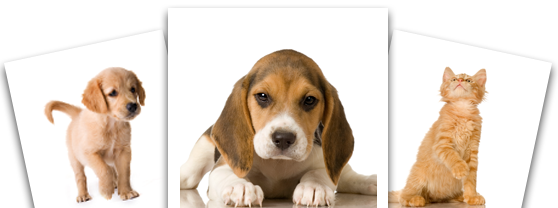|  |
|  |
(574)654-3129
www.newcarlislevet.com
|
DENTAL CARE Oral health affects how the whole body feels, so we emphasize preventive dental care, including regular oral diagnostic and treatment procedures on an as-needed, individual basis, along with home care such as brushing, dental sprays, chewing exercises, and special tartar control treats and foods (such as Science Diet Oral Care or Prescription Diet TD). Anesthesia with its associated monitoring is a must for veterinary dentistry. More extensive dental care for those with periodontal disease is available; for example, placing a product called perioceutic can help. Special dental X-rays are routinely recommended, just as your dentist needs X-rays to see what is happening to the roots of the teeth, allowing us to diagnose problems not visible above the gumline. We use state-of-the art digital Xray equipment so that we get the pictures within seconds of the x-ray. Digital x-rays allow for less radiation exposure (which is safer for the pet and the technician!) and more detail being visible on the x-ray which allows for better interpretation and health care. The time savings reduces anesthetic time for your pet and lowers its expense for you. Of course, neglected teeth often progress to the point of needing extraction so we want to prevent that, but when it's necessary, you can be sure your pet will receive adequate pain control. Realize that it is imperative to removed decayed or severely disease teeth since they are a source of chronic pain to the pet, the periodontal disease spreads to neighboring teeth, and the associated infection can spread into the bloodstream, leading to heart, kidney, and lung disease. For animals with chronic periodontal disease, use of antibiotics on a monthly basis, called pulse therapy, has been shown to be beneficial in slowing the progression.
Don't forget that your pet can receive all aspects of a routine cleaning described above if you enroll in our Preventive Health Care Plan for Adult Dogs or Cats: Basic Care with Oral Diagnostic and Treatment Procedure. Full mouth x-rays are included. You also receive a discount on any other dental products or treatments needed such as surgery, extractions or medications. Call for more information since these plans are currently being revised.
For more information on how a dental cleaning is performed, periodontal disease, and teeth brushing, watch our how-to videos (click on the tab at left) |